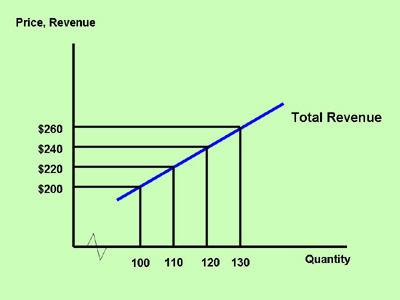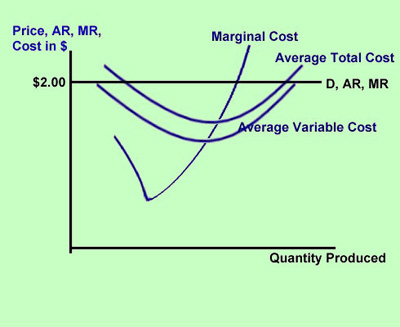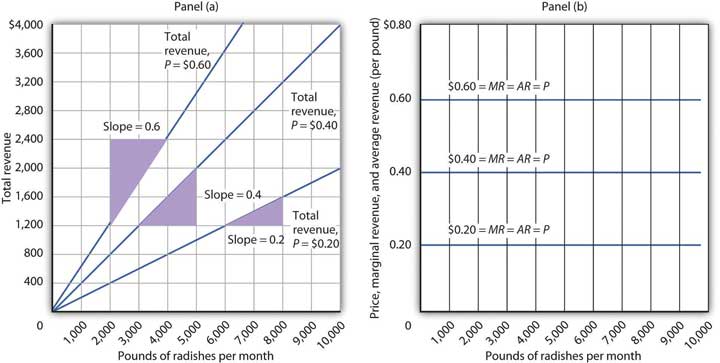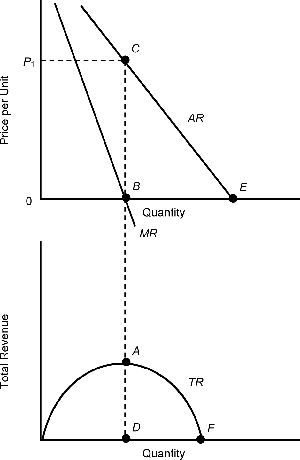In economics, the concept of marginal revenue (MR) is used to determine the additional revenue that a company will receive from selling one more unit of a product. It is an important concept in the field of microeconomics, as it helps firms to make decisions about how much to produce and sell. On the other hand, average revenue (AR) is a measure of the revenue that a company receives from selling a given number of units of a product. It is calculated by dividing the total revenue by the number of units sold.
One key difference between marginal revenue and average revenue is that marginal revenue is a derivative of the demand curve, while average revenue is a measure of the total revenue. The demand curve shows the relationship between the price of a product and the quantity of the product that consumers are willing to buy. As the price of a product increases, the quantity of the product demanded by consumers typically decreases. The slope of the demand curve is the marginal revenue, which reflects the additional revenue that a company will receive from selling one more unit of the product.
Another difference between marginal revenue and average revenue is that marginal revenue is always lower than average revenue. This is because as a company increases production and sells more units of a product, the average price per unit decreases. This is due to the law of diminishing marginal returns, which states that as a company increases production, the marginal cost of each additional unit increases, leading to a decrease in the average price per unit.
In practice, firms use both marginal revenue and average revenue to make decisions about production and pricing. For example, if a company is deciding whether to produce and sell an additional unit of a product, it will consider the marginal revenue that it will receive from selling that unit. If the marginal revenue is greater than the marginal cost of producing the unit, the company will choose to produce and sell the additional unit, as it will increase the company's profits. On the other hand, if the marginal revenue is less than the marginal cost, the company will choose not to produce the additional unit, as it would lead to a decrease in profits.
In conclusion, marginal revenue and average revenue are two important concepts in economics that are used to help firms make decisions about production and pricing. While they are related, they have some key differences, including the fact that marginal revenue is a derivative of the demand curve and is always lower than average revenue. Understanding these concepts can help firms to make informed decisions that maximize profits and optimize the production and sale of their products.
:max_bytes(150000):strip_icc()/Marginal-Revenue-Demand-5-56a27d983df78cf77276a4ae.jpg)






